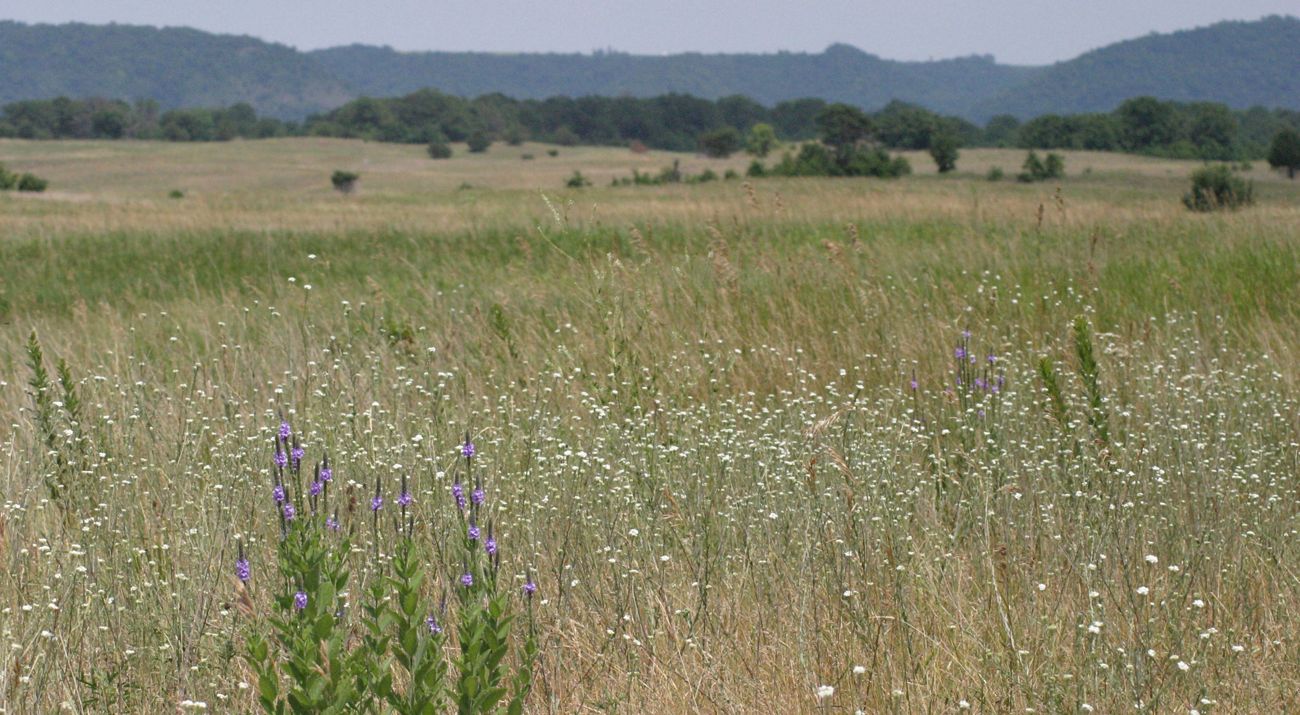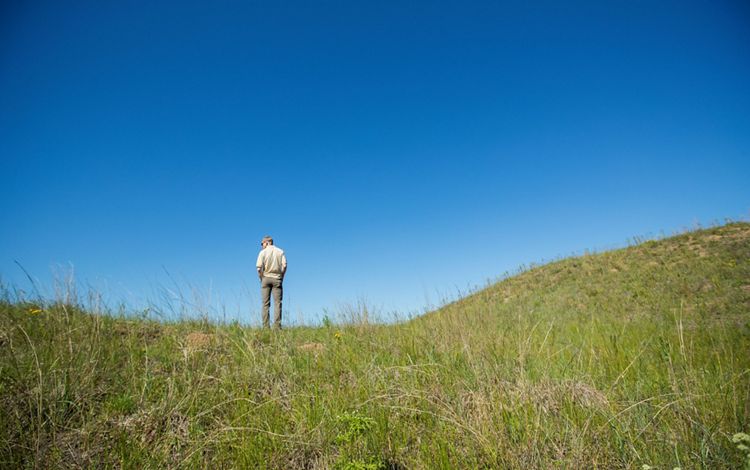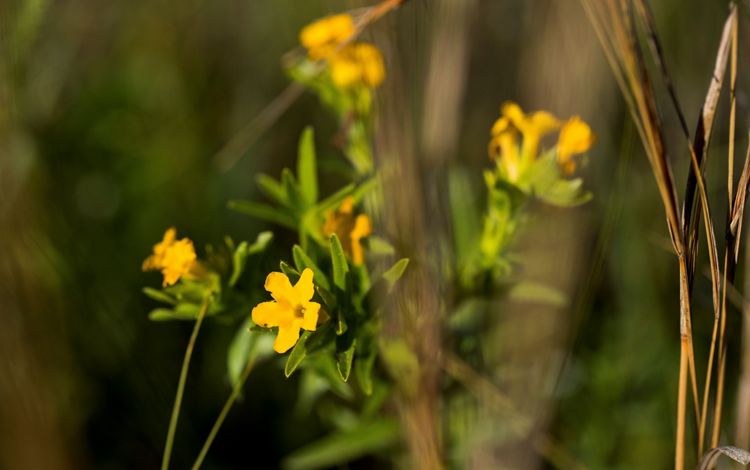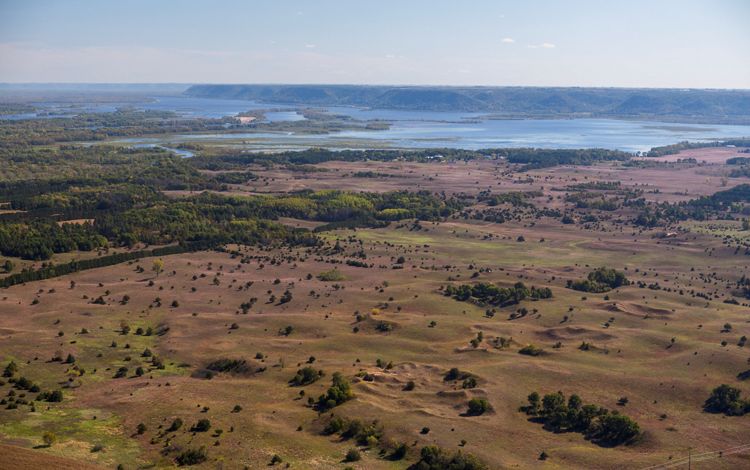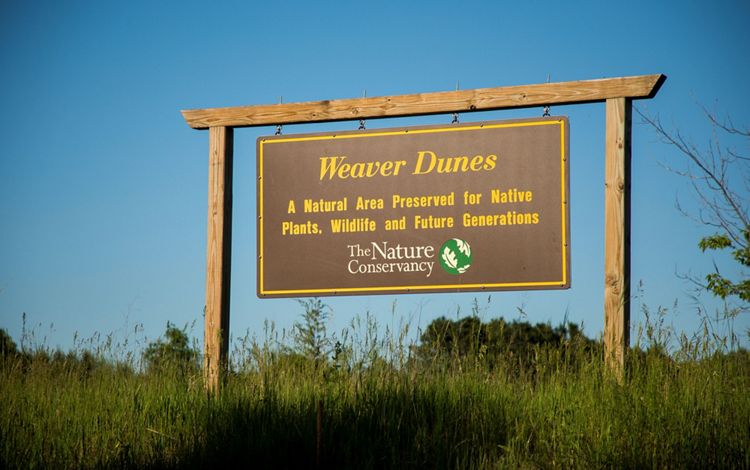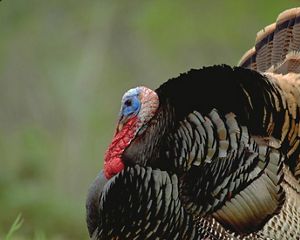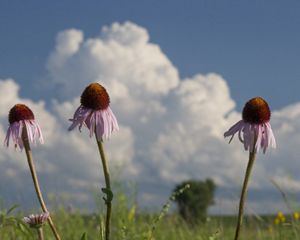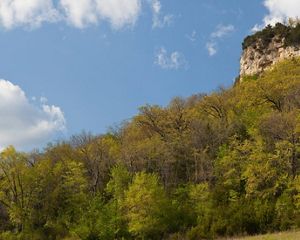Description
Visitors to Weaver Dunes will be captivated by the majestic sand dunes themselves, some of which reach a height of 30 feet. Another highlight is the variety of vegetation on the site. With the arrival of fall, the foliage of the sand prairie and flood plain forests are spectacular. Look for wildlife including reptiles, migrating waterfowl and raptors at Weaver Dunes.
Why TNC Selected This Site
The Nature Conservancy was drawn to Weaver Dunes by the opportunity to protect critical habitat for wildlife. Conservation targets at Weaver Dunes include ground nesting grassland birds and the sand prairie they depend on.
What TNC Has Done/Is Doing
The Nature Conservancy acquired the Weaver Dunes Preserve in 1980 from John and Elizabeth Lamey. Two years later, the Kellogg Weaver Dunes Scientific and Natural Area was established a half-mile north of the preserve by the Department of Natural Resources. Other protected land nearby includes the McCarthy Lake Wildlife Management Area and the Upper Mississippi River Wildlife and Fish Refuge.
Weaver Dunes benefits greatly from volunteers. Most of the non-native pines have recently been removed from the preserve, and volunteers have collected seeds from the prairie to spread over the bare areas where the trees once stood. To maintain the prairie, the preserve has been divided into several units, each of which is burned every four years or so by the volunteer burn crew. Volunteers have also cut many junipers and other woody species that have invaded the prairie.
Over the years, many of the rare species on the preserve have been the subjects of research and monitoring to learn more about their ecology and methods of protecting them.
